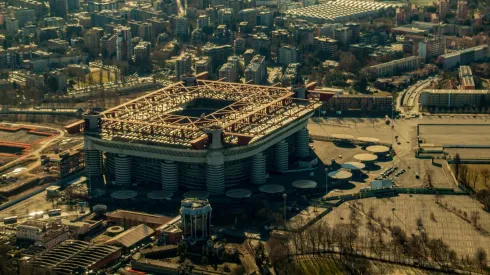The construction of AC Milan’s brand-new, cutting-edge stadium continues full steam ahead.
The Rossoneri chose to continue ahead without their city rivals, Inter after they abandoned the new San Siro project. Thus, Wednesday marked the completion of the preliminary official step toward submitting a comprehensive project plan. A plan for the “San Francesco” neighborhood in San Donato, Milan, was submitted to the town council.
The team’s Chairman Paolo Scaroni recently remarked, “For over four years, we have embarked with conviction on a journey aimed at giving our Club one of the best stadiums of the world, which is able to accompany us into a victorious and sustainable future.
“This represents a preliminary step in the evolution of this process but, at the same time, it is further proof of our ownership’s commitment to guaranteeing continuous growth for AC Milan both on and off the pitch.”
AC Milan new stadium to take inspiration from USA
The goal of the new stadium’s construction is to provide a state-of-the-art, environmentally friendly, and flexible venue that can host up to 70,000 fans for various events. The proposed stadium is intended to be among the most environmentally friendly in all of Europe.
According to Calciomercato, the American-owned giants are planning to construct a major entertainment area inspired by American stadiums. The area connects the club’s headquarters, museum, club store, hotel restaurant and other amenities. This is all on a 108,000-square-meter property. This is roughly 26 acres.
Four key factors in choosing location
There seem to be many major factors that led AC Milan to choose the San Donato neighborhood for their future home, Italian outlet MilanNews has suggested.
The area’s singular infrastructure core is a major factor. It is close to major highways and provides easy access to both the train network and the metro. For another, the Rossoneri bought into an already-developed region called SportLifeCity, which has plans for a sports-related development.
As a third factor, the area is now an ‘urban void’, making it impossible to regenerate via other initiatives; hence, this idea may be the only option to transform the property into a form of utility. The location is also a ‘gateway’ to the city, earning comparisons to the Allianz Arena in Munich. The proximity to public transportation makes it an attractive place for sponsors.
PHOTO: IMAGO / Wirestock















